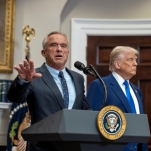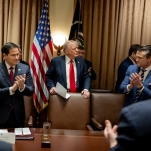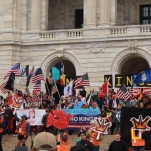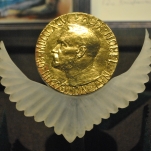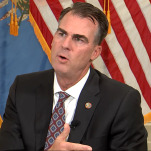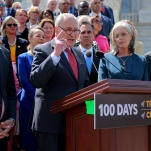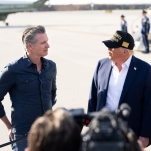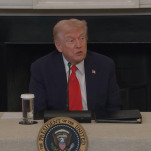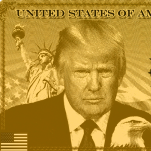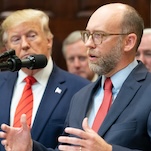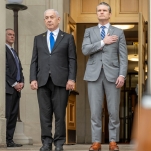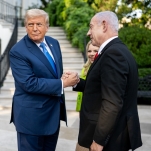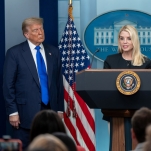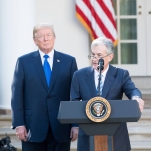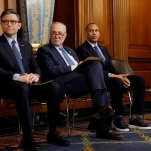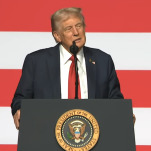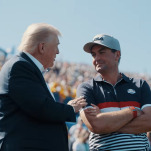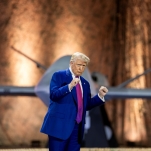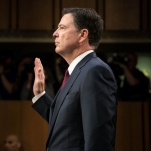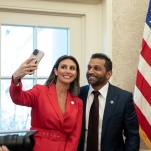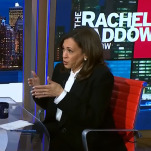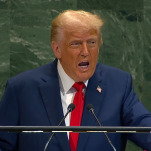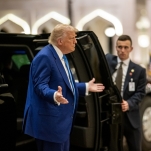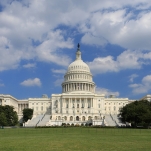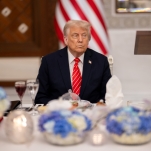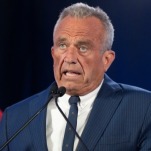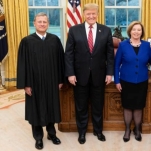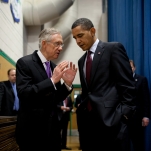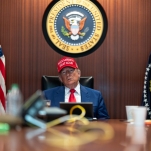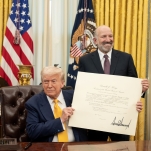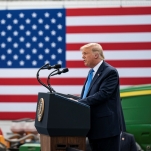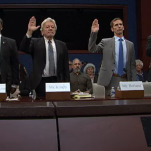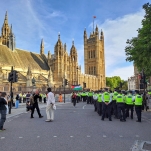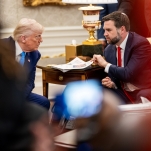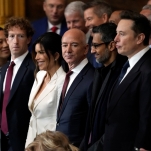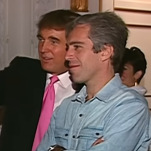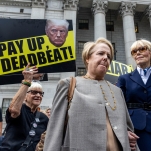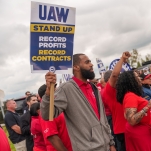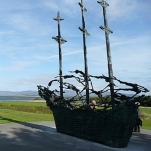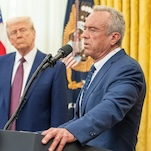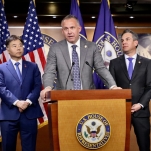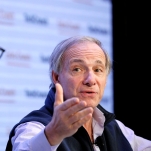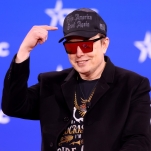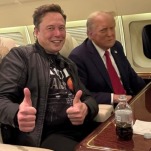Trump Might Take the Whole World Down With Him
Photo by The Trump White House, Public domain, via Wikimedia Commons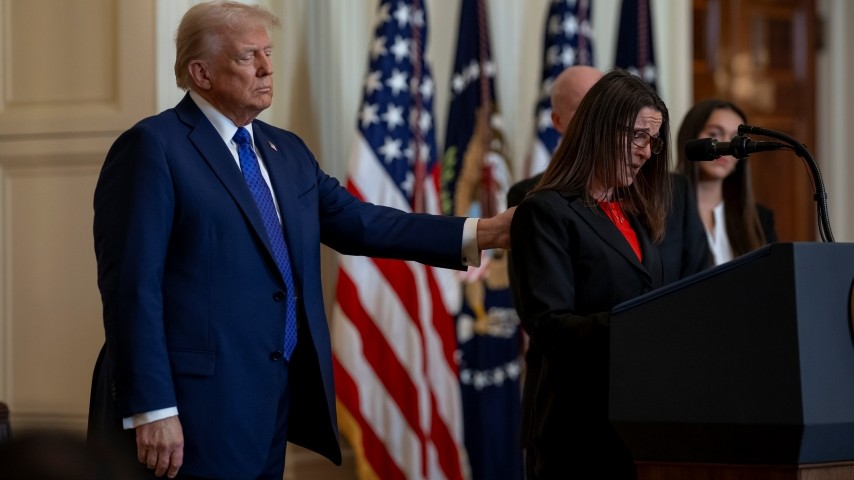
As America threatened to return Donald Trump to the presidency, and then did, the world braced itself for a return of “America First.” For supporters, this was Trump’s selling point: the “peace through strength” president, putting U.S. interests first, unconstrained by conventions or norms, and uninterested in expensive foreign entanglements. For the rest, this “America First” offered a kind of salve: Trump could be unpredictable in his whims or obsessions, but he was, above all else, transactional. He liked deals, which meant he could maybe be convinced, or humored, or flattered into one, as long as he could come away and call it a win, whether or not it really was.
“America First” was about breaking the international systems and rules that Trump personally felt screwed America over. Though it’s somehow, only week two, Trump has revised the earlier version of “America First” for something more opportunistic. Now, Trump seems to want to break things just because America can – it is strong, and it is rich, and except for a few geopolitical rivals, he and his administration don’t see much use in pretending that anyone can stop them.
What was once an isolationist mantra – take care of ourselves first– now sounds terrifyingly expansionist: America should get Greenland or the Panama Canal or maybe send in troops to Mexico. It doesn’t have to be the option of last resort, and it doesn’t even have to be particularly good for Americans first. Trump threatened a trade war with Colombia in a dispute over migrant flights and then bragged about the largest economic power in the hemisphere, and the world, somehow, winning it. “This signifies peace through strength is back,“ White House press secretary Karoline Leavitt told reporters, as if the U.S. needed to remind Colombia, and the rest of Latin America, of American might. The Trump administration’s decision to freeze foreign aid and suspend the refugee program caused mass chaos. But the goals were clear and coherent, chillingly so. Trump wants to finally act like the leader of a powerful country, unconstrained, and apparently out for revenge against the world order America itself built.
Some of this was baked into his candidacy and expected upon his return to office. He dismantled the U.S. refugee program in his first term, so of course he would tear it apart again. He pulled out of the Paris Climate Accords once, so it tracks that he would do it again, faster. Trump wanted out of the World Health Organization in 2020, so why wait to try now. Trump did tinker with and roll back foreign assistance – halting aid to Central America, reinstating the so-called “Global Gag Rule” that blocks U.S. funding to any program that also provides abortion services, a typical move of GOP administrations.
-

-

-

-

-

-

-

-

-

-

-

-

-

-

-

-

-

-

-

-

-

-

-

-

-

-

-

-

-

-

-

-

-

-

-

-

-

-

-

-

-

-

-

-

-

-

-

-

-

-

-

-

-

-

-

-

-

-

-

-

-

-

-

-

-

-

-

-

-

-

-

-

-

-

-

-

-

-

-

-

-

-

-

-

-

-

-

-

-

-

-

-

-

-

-

-

-

-

-

-

-

-

-

-

-

-

-

-


